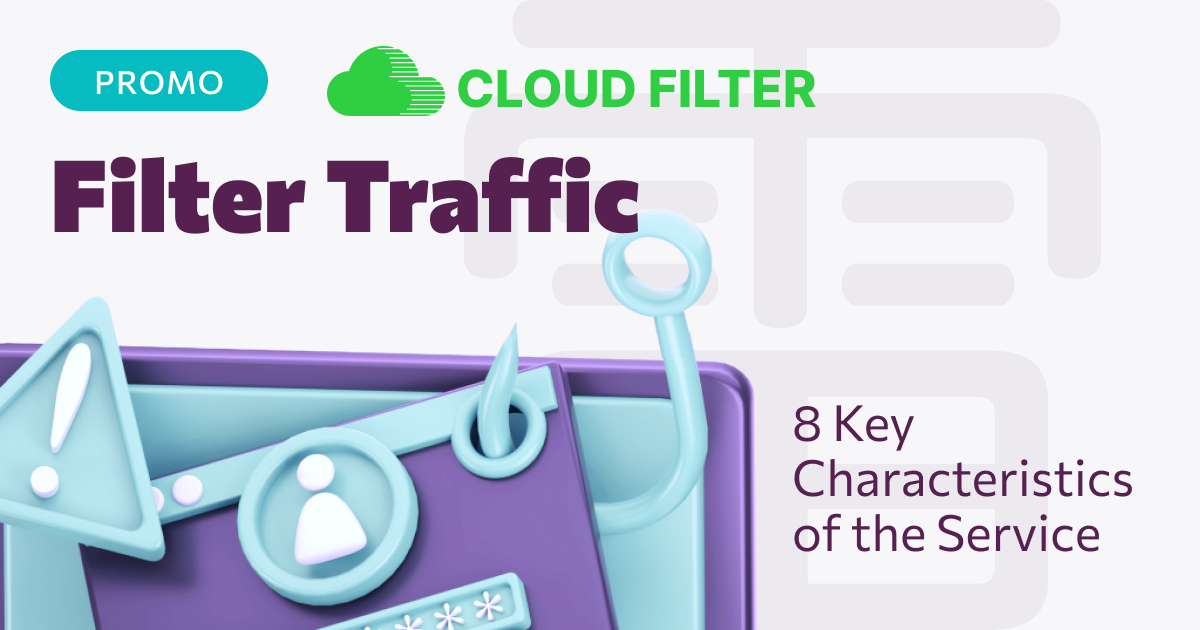Arbitrageurs often run ads that are banned on certain platforms, like online casinos or services that are 18+. In these cases, the ad platform either blocks such campaigns or bans accounts shortly after launch. So, what’s the move? Enter cloaking.
Cloaking is:
Cloaking is a technique for hiding or swapping content, where different users see different stuff when they click a link. Working this way means you’re "cloaking" or running traffic through a "cloak".
How Does Cloaking Work in Traffic Arbitration?
The tech splits users into streams based on click parameters and serves different pages from the same link:
- Groups that need the promoted content hidden end up on a WhitePage.
- Groups that need to see the content are directed to the landing page.
Techniques and Tools
To successfully cloak, you should master the following:
- Trackers and TDS – services that let you monitor click stats and distribute traffic based on parameters.
- Redirects – sending a user from one resource to another (this method is considered outdated for cloaking).
- JS Scripts – placing special code on landing pages to track user parameters and auto-adapt the page content for the right visitor.
Traffic arbitration inherently pushes us to explore and use this tech. It may seem complex at first, and effectively using it requires a deep dive into traffic distribution systems. However, with basic knowledge of network security and some elementary programming skills, you can unlock the full potential of this tech in traffic arbitration.
Our Recommendations
Check out the cloaking service Cloud Filter. It offers user-friendly tools for implementing cloaking. With this service, you can set up traffic filtering, leverage advanced algorithms to identify traffic sources, and quickly adapt your pages for different user groups. This will significantly streamline your workflow and boost the efficiency of your ad campaigns while minimizing the risk of blocks and bans from platforms.

